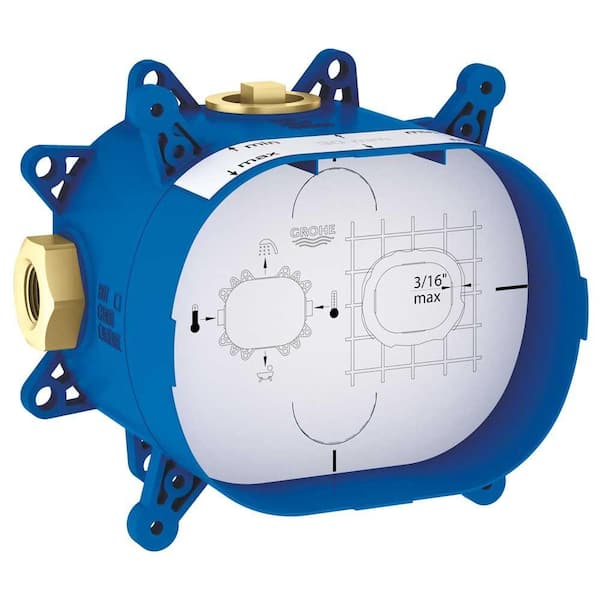
$119.99

Pay $94.99 after $25 OFF your total qualifying purchase upon opening a new card. 
Apply for a Home Depot Consumer Card- Pressure balance valve maintains water-temperature
- Leak-proof housing prevents water-related damages
- Handy installation instructions are given on the protection cover
- View More Details
Free & Easy Returns In Store or Online
Return this item within 90 days of purchase.























